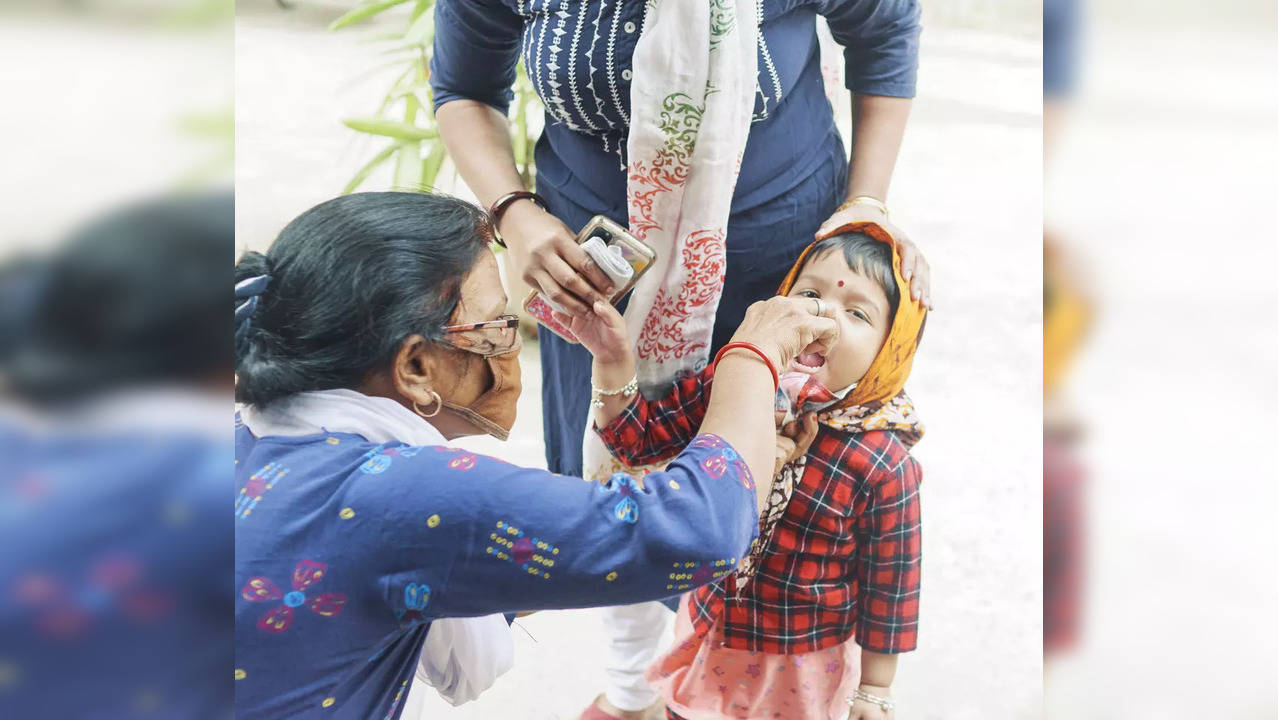Diseases India eradicated: Important healthcare achievement of the country in the last 75 years
From eradicating two major pandemics to launching aspiring and pioneering initiatives in the healthcare sector, India has come a long way since its independence. As the country celebrates 75 years of freedom, it is noteworthy that there has been a remarkable decrease in the number of HIV and many seasonal ailments.

Extensively chalked out pulse polio programmes that covered the entire nook and corner of the country have majorly contributed in polio eradication
New Delhi: As the countdown to India celebrating 75 glorious years of independence draws closer the remarkable journey is a constant reminder of the fact that the country has come a long way.
Having eradicated two deadly pandemics – polio, and smallpox, the booming economy has improved tremendously concerning life expectancy. The average life of an Indian in 1947 was around 32 years and now it has increased to 70 years. The enormous rise in expectancy in the last more than seven decades has been over 100 per cent.
India has also earned global respect and praise for its complete eradication of Poliovirus which rendered millions of children paralysed. The last case of polio was registered in 2010 in West Bengal, and the WHO declared the country polio-free in 2014. Till the 1990s polio was hyperendemic with an average of 1000 children getting affected by the virus daily. Smallpox has also been eliminated in India and around the world, after one last outbreak in Somalia in the late 1980s.
Both polio and smallpox vaccine campaigns underwent various challenges, failures, and subsequent achievements of huge immunisation programs that were organised relentlessly at every single village across the length and breadth4e of the country.
India has also taken subsequent giant steps in improving healthcare for its vast population, providing accessibility and availability in the public health arena. A lot of ambitious national health initiatives have been launched by the central and state governments to reduce and control diseases and their spread.
According to the United Nations, there has been a significant decline in child and maternal mortality rates as well. The current infant mortality rate in 2022 is 27.695 deaths per 1000 births, a nearly 4 per cent decline from 2021. This is a sharp contrast to the harrowing figures of the 1940s when the ratio was 2000/1000 births. India is also a signatory to the UN's Sustainable Development Goals which seeks a target of fewer than 70 deaths per 100,000 births by 2030.
Since independence, several health initiatives and programs were launched to check the unabated menace of annual diseases like Malaria, Dengue, and communicable diseases like HIV/AIDS and tuberculosis. According to various statistics, millions were affected with Malaria in the 50s as compared to a few hundred now.
Over the decades, with the help of various initiatives run by the National Leprosy Eradication Program, chronic, infectious diseases have seen subsequent low numbers. Leprosy is now endemic in several states with an annual detection rate of 4.56 per 10,000 people.
Similarly, India also made significant progress in controlling and terminating to a large extent diseases like Tuberculosis, Cholera, Kala Azhar, and HIV/AIDS.
Trending:
End of Article
Subscribe to our daily Lifestyle Newsletter!





Related News





Vampire Facial Infects Three Women With HIV In The US

8 Best Yoga Poses To Get Relief From Frozen Shoulder

WHO Says COVID-19 Worsened The ‘Silent’ Spread Of Antimicrobial Resistance

Does Walking After Meals Benefit Your Health?

Why Do People Faint In Extreme Temperatures? Know Ways To Protect Yourself









